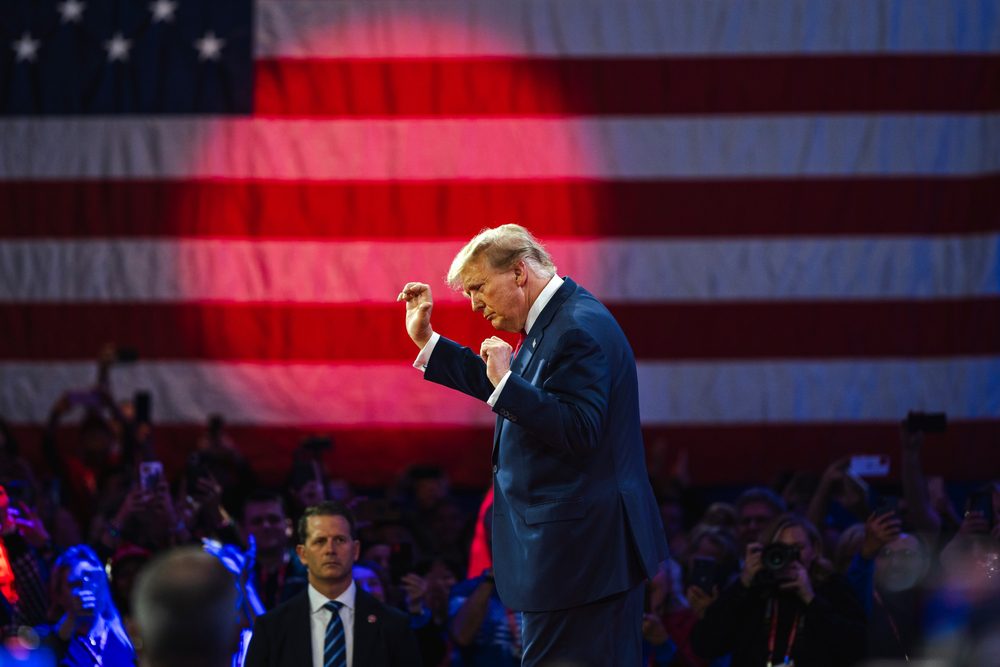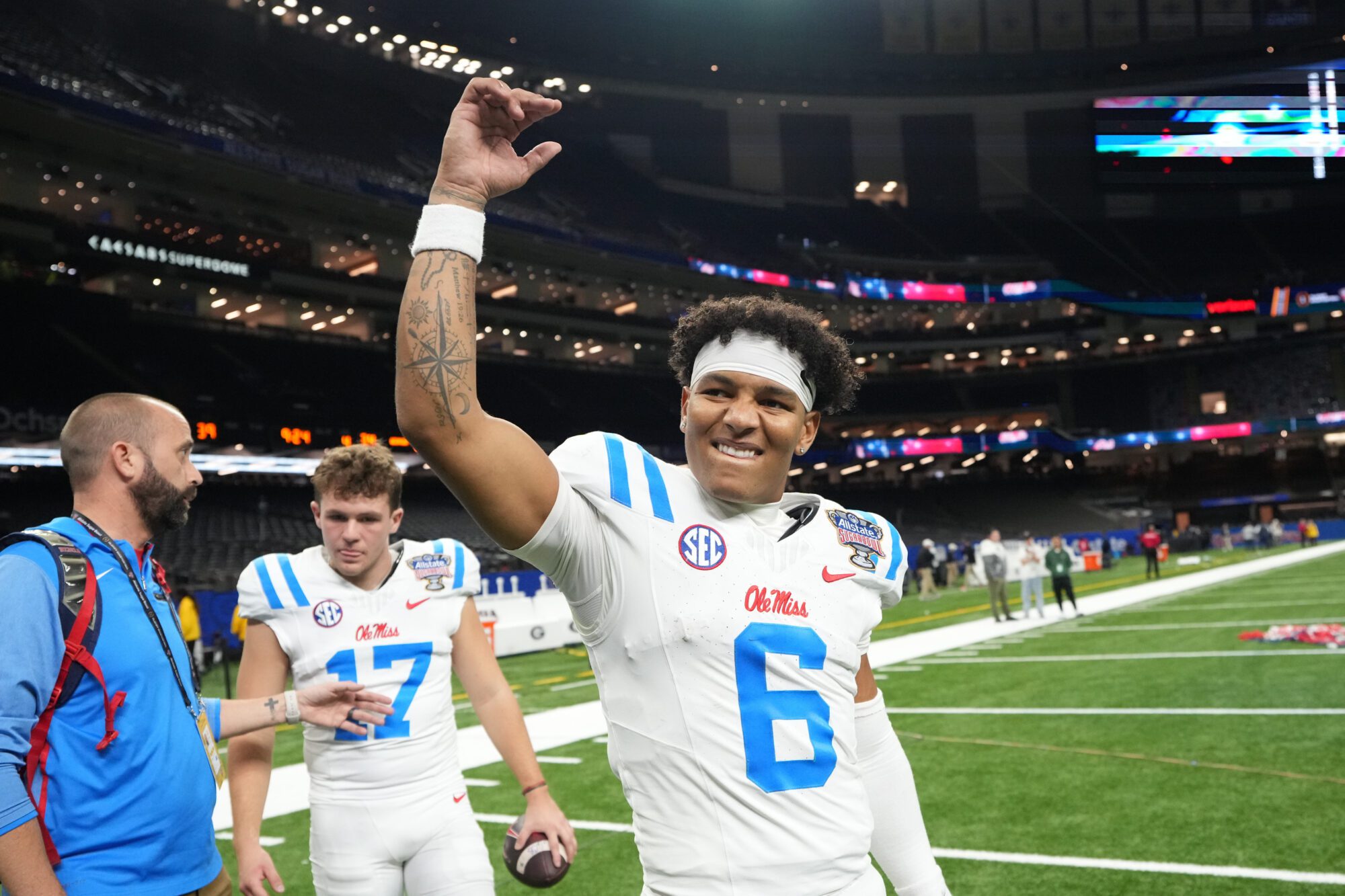
- Donald Trump cruised to victory Tuesday night, becoming only the second president to ever be elected to non-consecutive terms. The dominant performance was coupled with Republicans regaining the U.S. Senate.
Vice President Kamala Harris, and groups associated with her, raised over $1.5 billion in three months, dwarfing contributions to former President Donald Trump. Beyoncé, J Lo and Lebron campaigned for her, along with a boatload of other A-list celebrities. Prosecutors racked up charges and convictions against Trump. Media surrogates told voters he was a fascist, a Nazi, and a threat to democracy.
When the dust settled early Wednesday morning, none of it mattered. Not one bit. Donald Trump will return to the White House in January, only the second president ever to serve non-consecutive terms — the new Grover Cleveland.
If the current map holds, he will do so having reclaimed all three of the “Blue Wall” states of Pennsylvania, Wisconsin, and Michigan. (The New York Times has called Pennsylvania and Wisconsin and he has a decent margin in Michigan at time of publication).
He’s also on pace to be the firsts Republican president to win the popular vote in 20 years.
Coming along for the ride are several new U.S. Senators. Republicans succeeded in flipping the chamber with called wins in West Virginia (Jim Justice), Ohio (Bernie Moreno) and Montana (Tim Sheehy) to regain a 52 seat majority, and at the time of publication, are in contention in four other potential pickup states (PA, MI, WI, and NV). It’s not beyond the realm of possibility that they could win 53 or more seats when final tallies are completed.
How did it happen?
Much of the campaign conversation focused on whether Trump could win a bigger percentage of minority voters than Republicans customarily do. If exit polls are to be believed, he did, earning a greater percentage of Black males’ vote than any GOP candidate since the 1960s and a near majority of Hispanic voters.
The counterpoint to Trump’s minority inroads was the idea that Harris was gaining among white voters, and particularly white women motivated by the Dobbs’ decision. Here, exit polls suggest that any such gains were muted. Harris appears to have done roughly as well with women voters as Hillary Clinton did in 2016 — before Dobbs.
2024 has the makings of an election in which political scientists woke up to the reality of a re-alignment occurring within the Republican Party. Democrats’ stranglehold on blue collar workers is over.
There are likely other factors at play. 2020, a year marked by a once-a-century global pandemic, was almost certainly an outlier. Had COVID not occurred, Trump may well be finishing his second term.
And then there’s the simple reality that Democrats fielded an untested candidate to replace President Joe Biden after the primary had been completed. Harris has never won a single state primary — not during her failed 2020 bid for the presidency and not this year.
There is also what I will indelicately call the “f—k you!” factor. A sizable portion of the population is tired of being shamed by the elitist crowd for what they believe and who they support. The greater the volume of attacks, the stiffer the spine in resistance. To everyone’s surprise, screaming “Nazi” at Trump supporters louder did not make them believe they were Nazis in need of reform.
Finally, a new guard of media influence has arisen that falls outside traditional, stodgy media. Scoff at it if you will, but Elon Musk and Joe Rogan are now a lot more influential than The New Times or Washington Post and TikTok moves people.
Now, what will governing look like?










